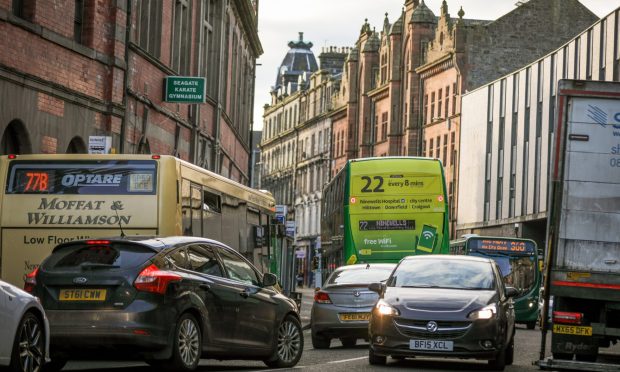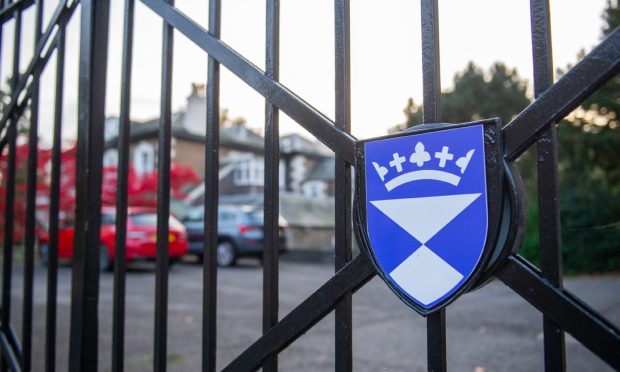School workers tasked with looking after some of Scotland’s most vulnerable children were told to watch a comedy TV show for training, MSPs have been told.
Sylvia Haughney, a support for learning instructor, shocked members of Holyrood’s Education Committee by revealing one of her colleagues had been directed to episodes of The Big Bang Theory to learn how to deal with youngsters who have Asperger’s syndrome.
Sheldon Cooper, a main character in the American sitcom, is seen by some viewers as being affected by the condition.
Ms Haughney, a member of the Unison trade union in Glasgow, said of the start of her career: “We were given the training so we had an understanding.
“We knew what to look for all that time ago. That training is not there.It was a direct training from a psychologist, from a speech language therapist, to give us a knowledge and an understanding of what we were looking for, who were dealing with and how to go to the next step with that pupil.
“That is just gone. We have this cascading training from someone coming in saying: ‘Oh, I went on a course and this is what we do.’
“Or, recently I was in a school and I asked a member of staff who was working specifically with a child with Asperger’s: ‘What training have you had in Asperger’s?’ ‘Oh, I was told to watch the Big Bang Theory.’
“That’s the level of training that we’ve got now in schools. I’ve got loads of examples that I could give of what’s happening and it’s the staffing and the training.”
In Angus 1,685, or 11.20% of pupils, are assessed as having additional support needs. That figure is 3,438, or 19.10%, in Dundee City; 10,396, or 21.10%, in Fife; and 5,837, or 32.40% in Perth & Kinross.
This can include youngsters whose first language is not English, as well as pupils with conditions such as autism, dyslexia and speech disorders.
Children can also be marked down as needing support if they are suffering from mental health problems or have been affected by bereavement.
Daniel Johnson, Labour’s shadow education minister, said: “This is jaw-dropping. Watching a sitcom is no substitute for proper training for teachers.
“More broadly, the evidence we’ve received on Additional Support for Learning leaves me far from convinced that teachers are being properly supported.”
Liz Smith, the Conservative shadow education secretary, said: “I think many parents and teachers will be shocked by this.
“No doubt it was one specific incident to which Ms Haughey was referring but it was an example of the deep seated concerns amongst professionals about the level of support available.”
A Scottish Government spokesperson said: “We want all children and young people to receive the support that they need to achieve their full learning potential. Education authorities have duties to identify, provide for and to review the additional support needs under the Additional Support for Learning Act, including those arising from autism.”
Glasgow City Council has been asked for comment.










